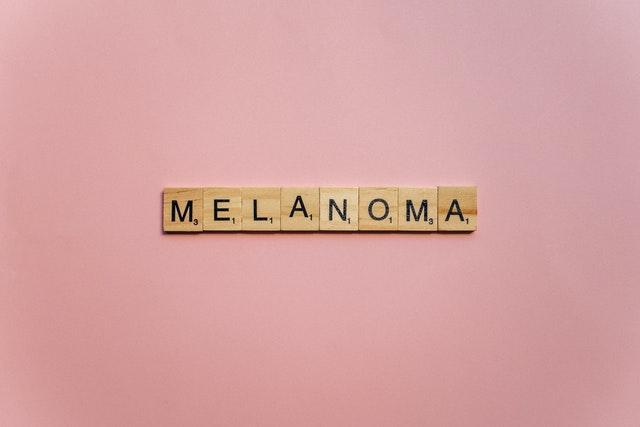
Are white bathing suits safe?
White swimsuits turn heads at the beach, but how do they perform in water? The same bright white that pops against tanned skin can appear nearly invisible below water.
Quick links:
How white swimsuits change underwater
Water conditions that affect white swimsuit visibility
Practical tips for wearing white swimwear safely
Better color alternatives for water safety
Explore white swimwear visibility and how different water conditions affect safety. Then, we'll show you options that combine water safety with a clean, classic look that never goes out of style.
How do white swimsuits look underwater?
White fabric is easy to see on land because it reflects all visible light wavelengths. Underwater, water absorbs light wavelengths as depth increases; red disappears first, followed by orange and yellow, while blue and green penetrate deeper.
As light is absorbed, there's less light for white fabric to reflect. Without strong contrast against blue-green underwater environments, white swimwear blends in and becomes difficult to spot.
White fabric doesn't become transparent; the lack of color contrast and water's light-filtering properties make white swimwear hard to see underwater.
Water conditions that affect white swimsuit visibility
Water environments drastically change how visible white swimsuits are to others. These conditions determine whether white swimwear disappears underwater or remains somewhat visible:
-
Swimming pools: White swimsuits blend with light blue floors and clear water, so swimmers are more challenging to track.
-
Ocean water: Sunny days create glare that obscures white swimwear; deeper water makes white fade quickly.
-
Lakes and rivers: Murky, particle-filled water quickly absorbs light and makes white hard to see.
-
Sunny and overcast skies: Bright sunlight creates surface reflections that look similar to white swimwear and reduce visibility; cloudy days reduce available light and contrast.
-
Morning/evening: Low-angle light penetrates water poorly, further reducing white swimsuit visibility.
-
Choppy surfaces: Water movement breaks light patterns, so white swimwear becomes harder to track.
Practical tips for wearing white swimwear safely
We recommend neon colors for children’s swimwear, but if white is your go-to style, here are some ways to accessorize and increase your safety.
Layer with colored rash guards
Wear bright rash guards over white swimsuits during active swimming. This combination lets you rock your style while lounging but adds safety during water activities.
Use neon accessories
Brighten your visibility with UV-reactive or glow-in-the-dark accessories. Swim caps, wristbands, or swim belts in fluorescent colors work perfectly with white swimwear.
Use the buddy system
Never swim alone. Partner with someone wearing high-visibility colors who can keep visual contact with you throughout water activities.
Think about location and timing
Reserve white swimwear for pools rather than murky lakes or oceans. Also, swim during midday when visibility is best.
Better color alternatives for water safety
White swimsuits may look classic, but other colors provide better water visibility. Check out these high-visibility options instead:
-
Neon yellow tops the visibility charts underwater. This bright color creates maximum contrast in most water conditions and catches the eye immediately, even at a distance.
-
Neon pink remains highly visible in all aquatic environments. This vibrant color stands out sharply against blue backgrounds and maintains its brightness better than most colors underwater.
-
Bright orange is visible in natural and artificial water settings. The strong contrast makes swimmers easy to spot from shore, lifeguard stands, and boats.
-
Neon green provides outstanding visibility in most water conditions. This eye-catching color works particularly well in ocean environments where blue tones dominate.
-
Color blocking combines white with highly visible colors for style and safety. Suits with bright panels or stripes maintain visibility while incorporating white elements.
SwimZip offers a UPF 50+ neon swimwear collection to keep swimmers safe from UV exposure and make them easy to spot.
Shop SwimZip swimwear
SwimZip combines safety with style in all swimwear designs. Our high-visibility swimsuits catch attention and keep swimmers safer in the water.
Browse our sun-protective swimwear in multiple styles for every age and body type. Each piece includes UPF 50+ sun protection that blocks 98% of harmful UV rays.
White bathing suit safety FAQ
Do white swimsuits turn yellow?
White swimsuits can turn yellow over time because of body oils, sunscreen, and chemical exposure. Rinse them regularly after use and use proper cleaning methods to prevent discoloration and extend the bright white appearance of your swimwear.
Does chlorine ruin a white swimsuit?
Chlorine damages white swimsuits by weakening fabric fibers and causing discoloration. Rinse your swimsuit in cold water immediately after swimming in chlorinated pools. Use a specialized swimwear detergent and avoid machine washing to protect white swimwear from chlorine damage.
What are some water safety practices for kids?
Protect your kids during water activities with these aquatic safety tips:
-
Begin swim lessons early to develop water confidence and fundamental swimming abilities.
-
Select only Coast Guard-approved life jackets for beginners and non-swimmers.
-
Keep constant visual contact with children near water.
-
Follow all lifeguard and swim instructor safety directions immediately.
-
Assign an adult as “water watcher” when supervising in groups.
-
Create and strictly enforce consistent water safety rules for children.
-
Perform a risk assessment by checking water depth, weather, current, obstacles, and other factors before swimming.
-
Learn to recognize signs of drowning.
What colors are most visible in pool water?
Neon yellow provides maximum visibility in most swimming pools, followed by neon orange and hot pink. These colors contrast against the blue background so swimmers are easier to spot from above.
Do darker swimsuits show up better in murky water?
In murky water environments, like lakes after storms, dark colors disappear quickly. Fluorescent yellows and oranges remain the most visible options because they reflect available light more effectively and create contrast even in poor visibility conditions.
What's the safest swimsuit color for deep lake swimming?
For swimming in lakes and other natural bodies of water, lime green and neon yellow are the most visible. These colors stand out against dark water backgrounds and remain visible in varying light conditions. They are the safest choice for open-water swimming.
Are white swimsuits more likely to become transparent when wet?
White swimsuits don't necessarily become more transparent than other colors when wet. Transparency depends primarily on fabric quality, lining, and construction rather than color. High-quality white swimwear with proper lining stays opaque when wet.
Further reading
What bathing suit colors should you avoid for kids?
What is the best swimsuit color to wear in the swimming pool?



Leave a comment
This site is protected by hCaptcha and the hCaptcha Privacy Policy and Terms of Service apply.